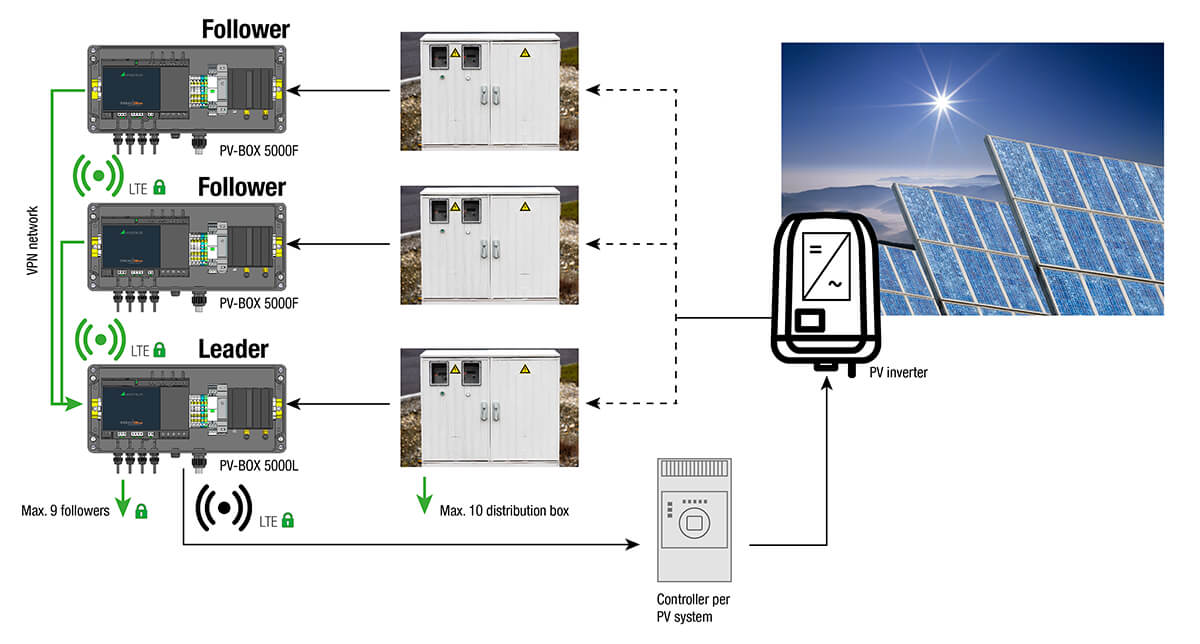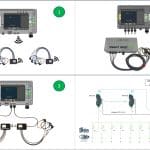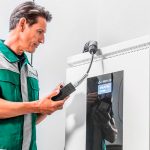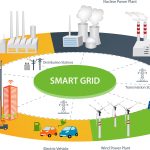Due to the increasing dynamic loads and decentralized feed-ins in an electrical distribution grid, the loads on the entire asset, including humans, are becoming ever greater. The bidirectional behavior of feeders and loads, and thus the increasing imbalance, creates «stress in the system».
Operating PV systems in a grid-friendly manner
Operating PV systems in a grid-friendly manner
Intelligent measurement and control system for PV systems
Task definition
Not least due to PV systems, which feed into the grids in a highly dynamic manner when there is sufficient light, but regardless of the load, a solution is to be found in order to achieve automated control of the system based on load and feed-in, but taking into account the dynamics. It is important that the hardware and software support the existing system – i.e. that they can also be used in a retrofit.
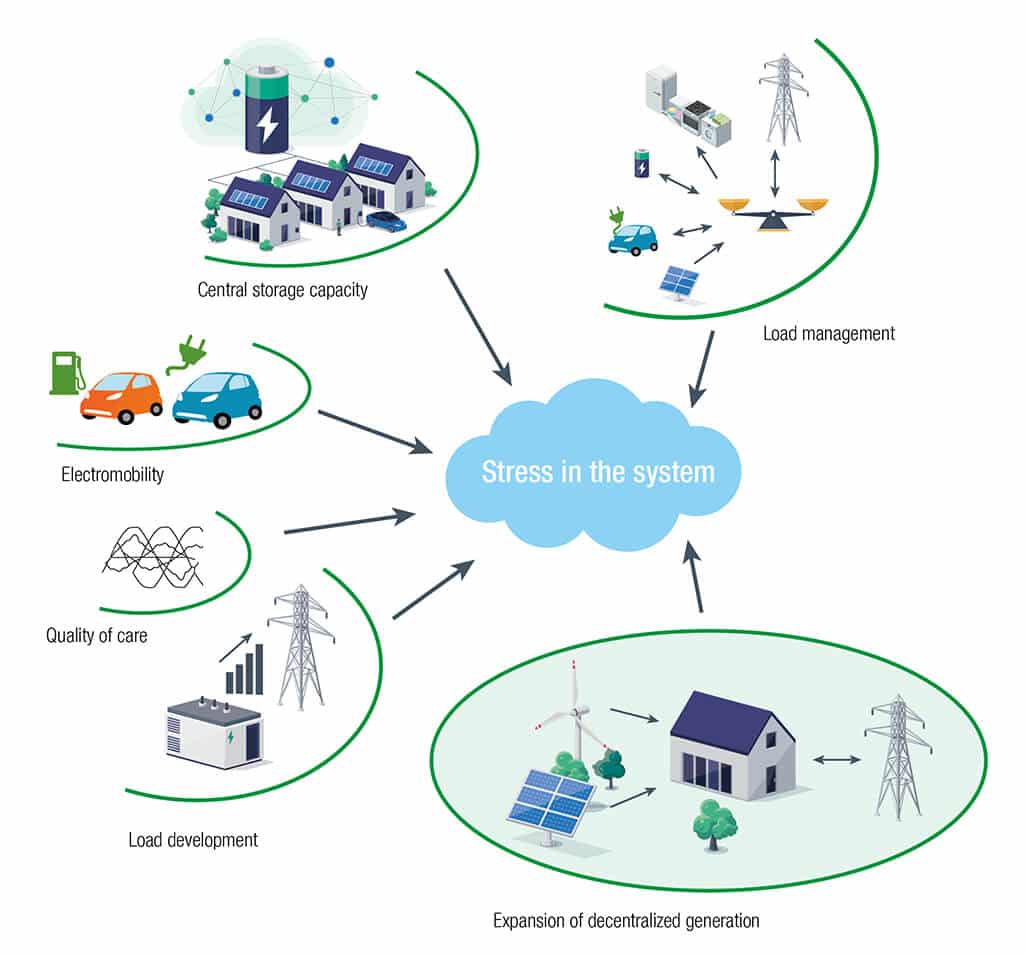
Concept idea
Based on electrical status values in the distribution grid, solar inverters are now to be controlled directly and automatically via the controller for green power generation systems 1), in this case the „Solar-Log Base“. A SmartGridBox from Camille Bauer will be installed in various low-voltage distribution boxes to record the measured values. In this specific case, the measurement data is transmitted to the data center via an LTE router with VPN. There, it is in turn processed via LTE VPN by a decentralized SmartGridBox leader device in a distribution box. The SmartGridBox leader sends a step signal to the controller for green power generation systems based on threshold values that are compared with the measurement data received.
The received signal is then converted by the controller for green power generation systems into a control command to reduce or feed in the PV inverters. It is quite common for several PV systems to be connected to the same grid connection point, e.g. a distribution box. If the limit values are violated at a distribution box, it must be possible to influence all PV systems in the affected area. Otherwise this causes problems with the producer and is also not non-discriminatory. It is also important to mention that due to the use within the critical infrastructure, the integrated cyber security (OT) on the SmartGridBoxes also plays an important role as a defense against direct manipulation
Implementation
A decentralized system is being set up with so-called SmartGridBoxes. The individual states of the distribution boxes (low voltage) are recorded dynamically. The collected values are sent to a decentralized SmartGridBox leader (PV5000L) with an integrated measuring instrument via an LTE router, gateway, etc..
There, the respective states are compared with the target values. Depending on the result, the inverters are controlled so that PV systems only feed unlimited power into the grid if this is actually useful for the grid. As a rule, the voltage status (limit value) must be volatile for several minutes before a control command is triggered.
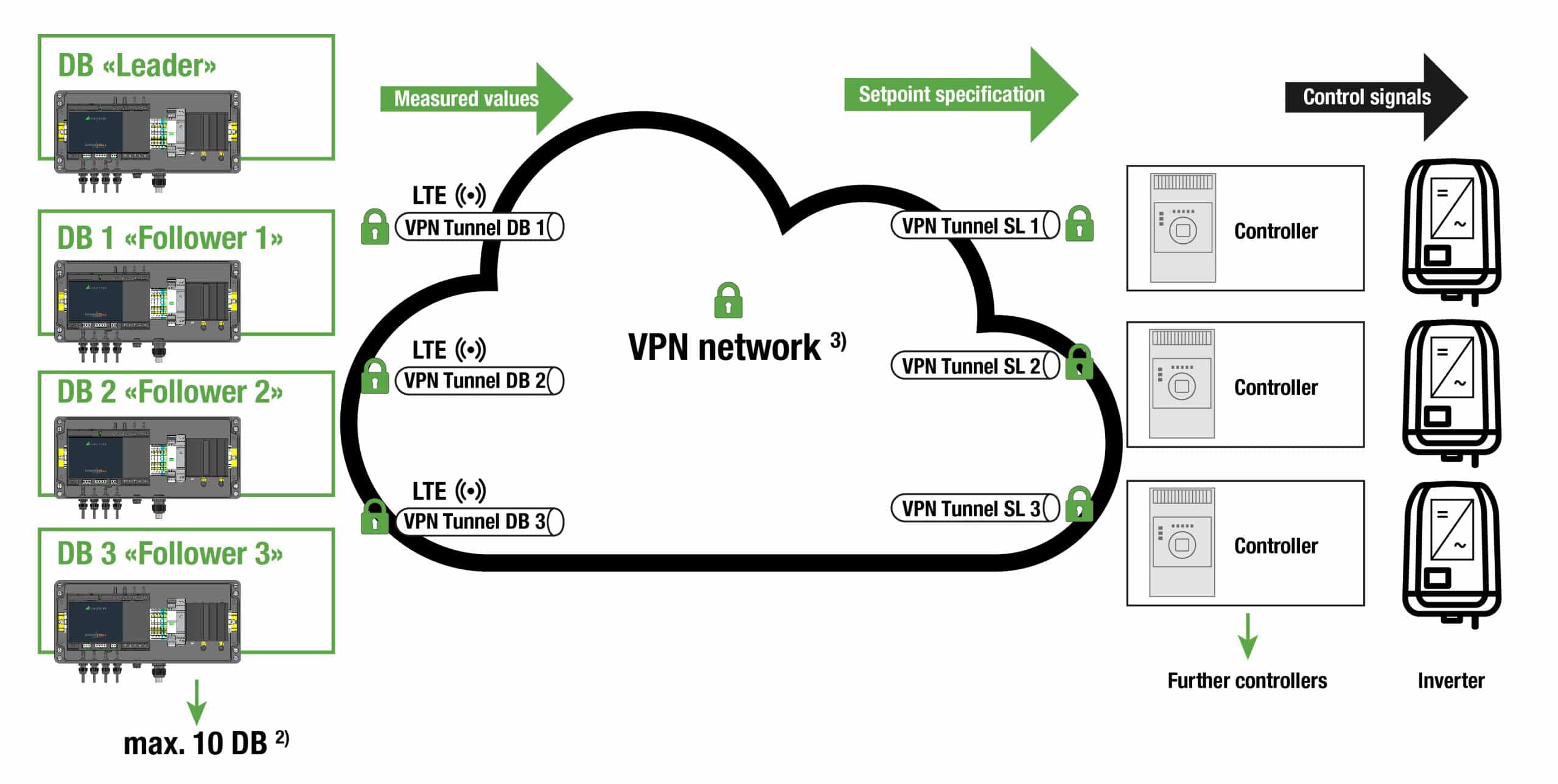
2) DB = Distribution box
3) The VPN network (mobile and/or broadband) is either provided by the customer or can also be provided by a secure integrated system, such as BentoNet.
Product features
SmartGridBox Leader «PV-Box 5000L»
- Measuring instrument and control unit with CENTRAX® CU5000
- Integrated CodeSys application:
- for entering reference setpoints and trigger conditions
- sending of telecontrol values (e.g. to the controller)
- Rogowski sensors for current detection
- Voltage detection
- LTE router or gateway
- Lightning protection as an option
- Comprehensive integrated cyber protection
- IP65 housing, pre-wired
- External dimensions of housing, excl. mounting bracket
360 x 160 x 91 mm
SmartGridBox Follower «PV-Box 5000F»
- Measuring instrument SINEAX® DM5000
- Rogowski sensors for current detection
- Voltage detection
- LTE router or gateway
- Lightning protection as an option
- Comprehensive integrated cyber protection
- IP65 housing, pre-wired
- External dimensions of housing, excl. mounting bracket
360 x 160 x 91 mm
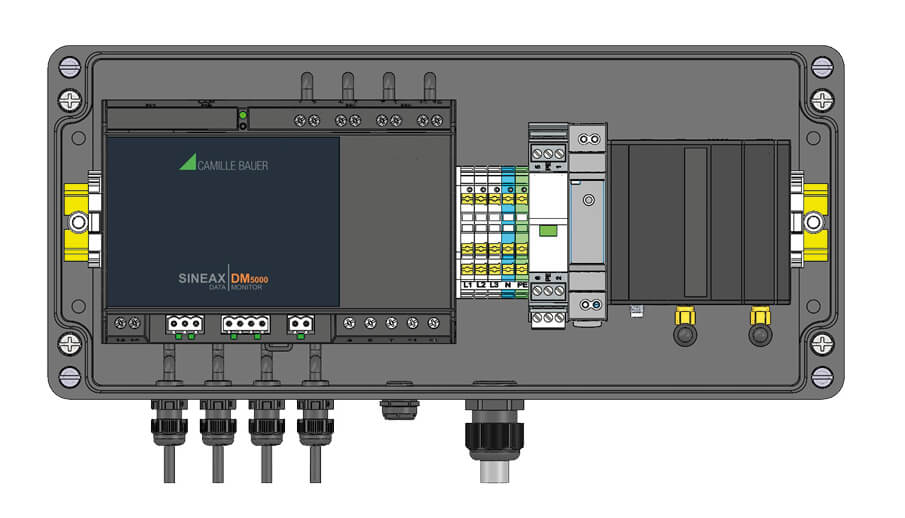
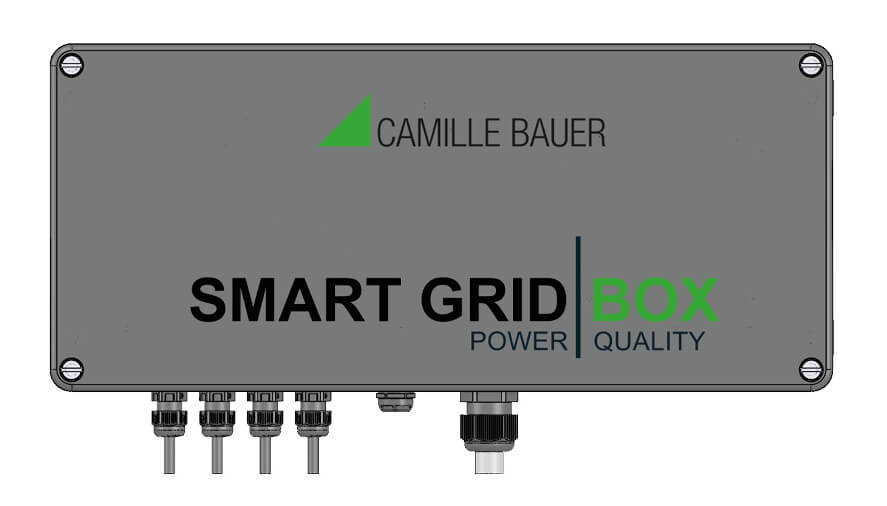
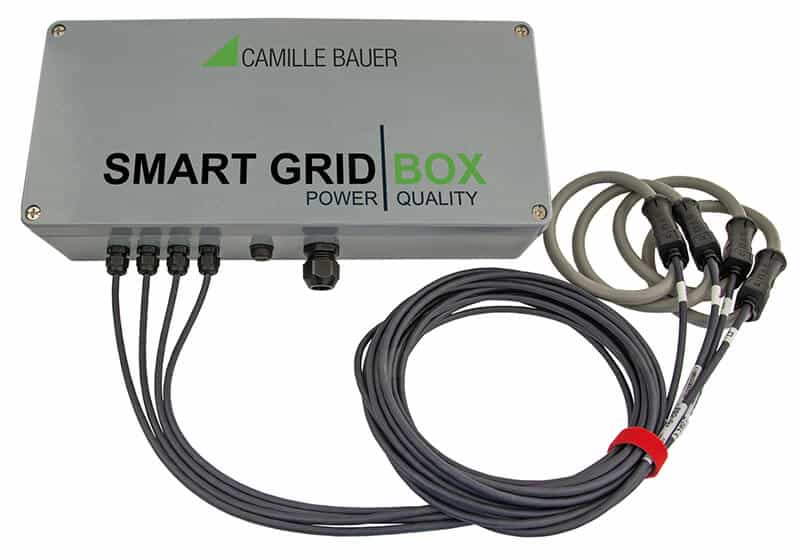
Benefit of the system
This system enables distribution grid operators to keep the grids in balance directly using measured status data. Power without loads, especially during sunny periods, can thus be controlled. Thanks to the decentralized solution with SINEAX® DM5000 measurement technology and the combined CENTRAX® CU5000 measurement and control unit, the system is highly scalable and flexible. In addition, the system works autonomously and therefore does not burden existing control systems, thus reducing complexity to a high degree.
In addition, the system works autonomously and therefore does not burden existing control systems, thus reducing complexity to a high degree, and in order to implement pilots and a roll-out as quickly as possible, coherent hardware and software components are essential. The simple installation of the SmartGridBoxes as well as their compact external dimensions allow the user to quickly and easily put a system into operation. This also includes the current measurements, which can be easily installed in existing systems using pre-assembled and pre-configured Rogowski coils.
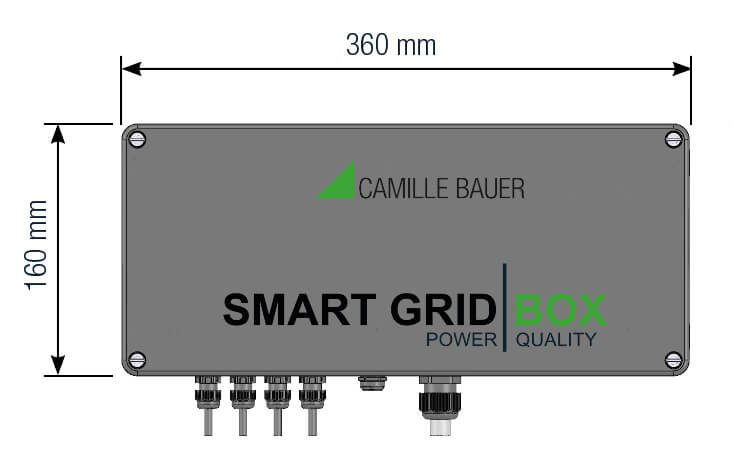
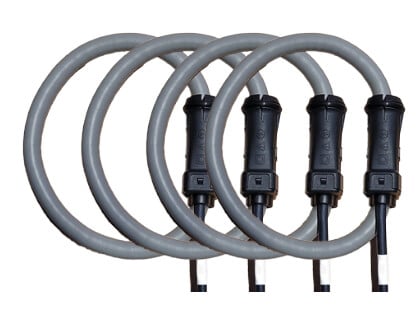
Once the hardware has been installed, the parameters can be recorded and set either directly on site or remotely. Depending on the mobile phone connection, online monitoring of the statuses is guaranteed at all times. Of course, the system can also communicate via broadband, provided a connection is available at the measuring and processing location.
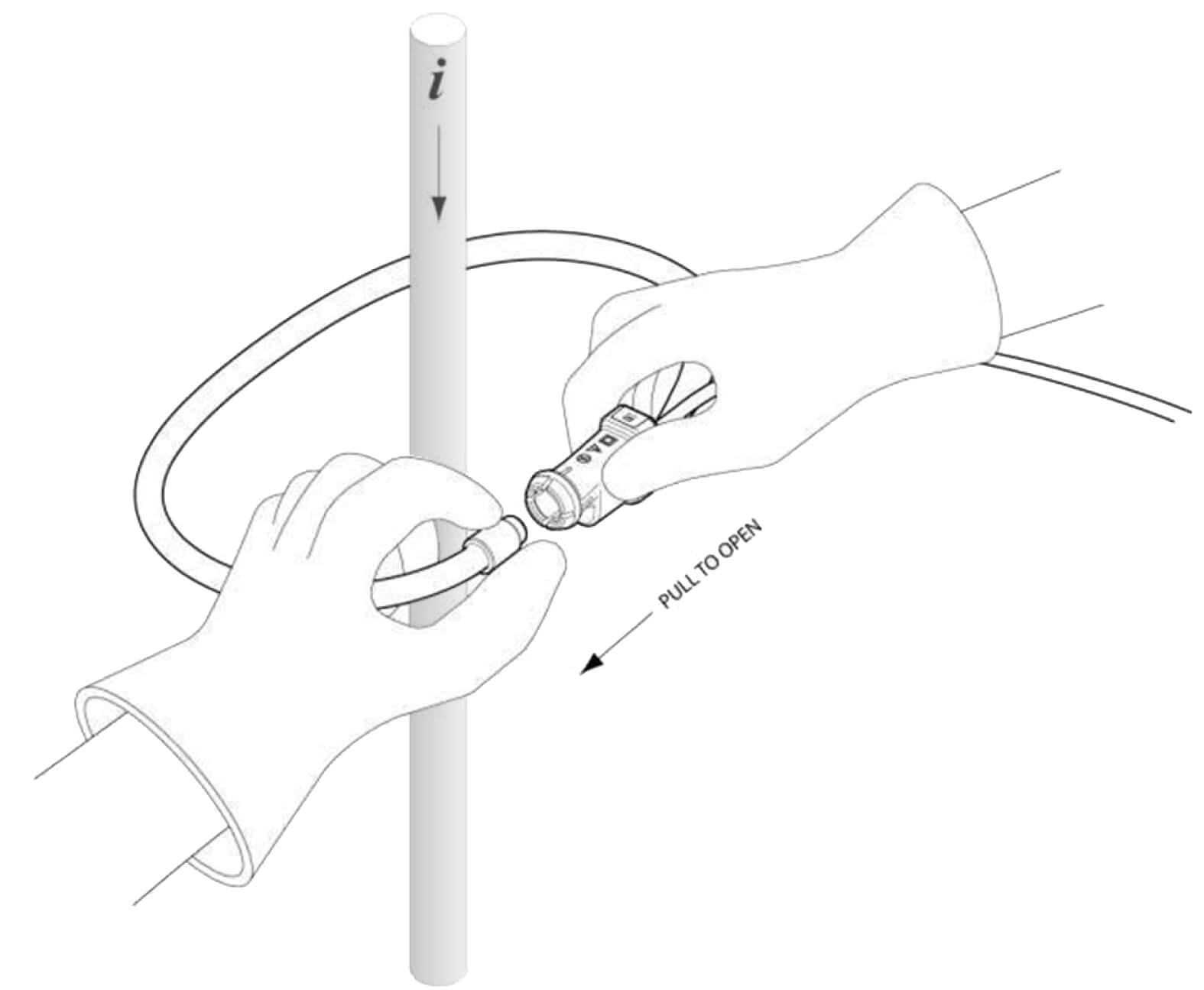

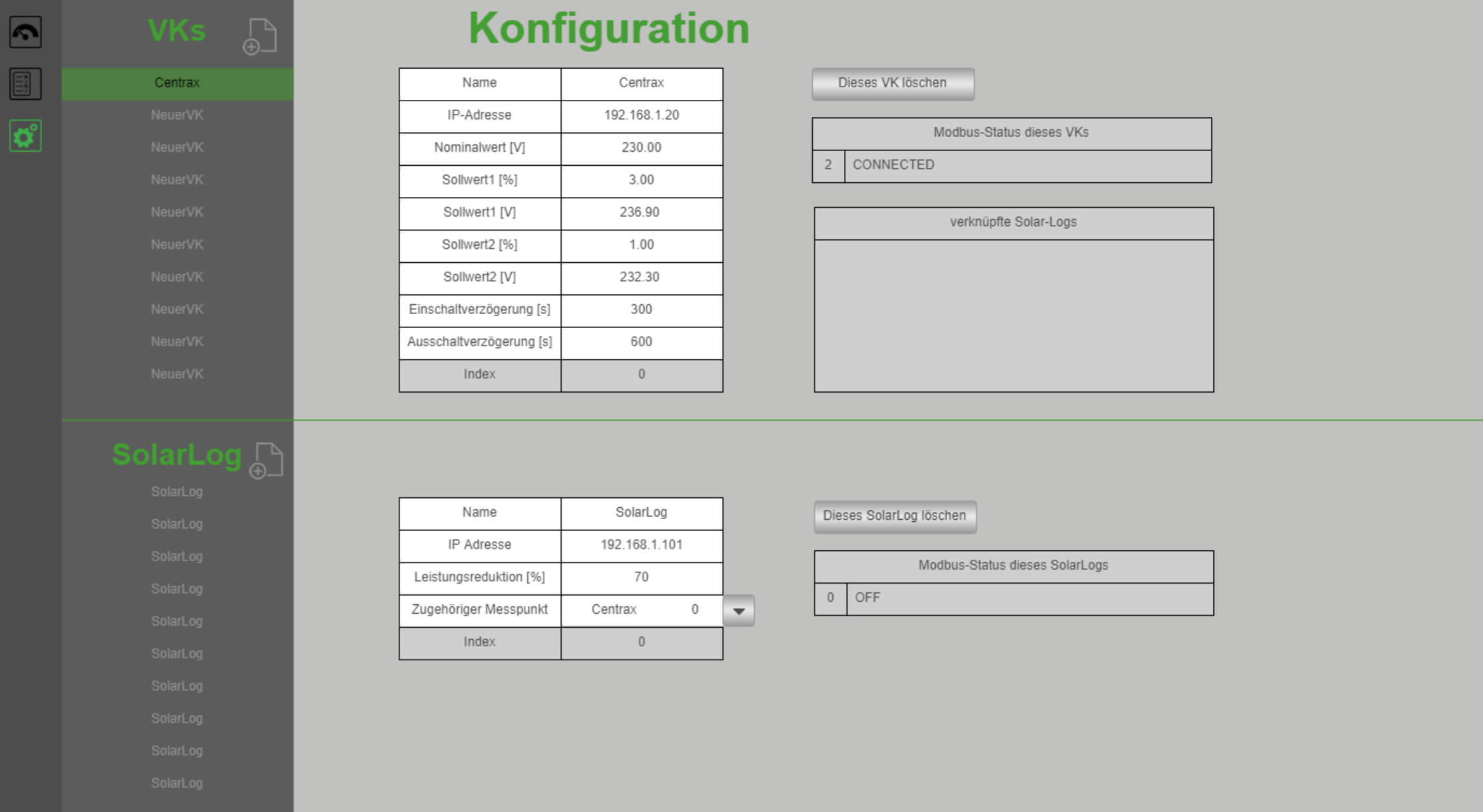
The SmartGridBoxes can not only record power and load data on the busbar, but also offer the option of monitoring the power quality on the follower in accordance with IEC 61000-4-30 or even displaying conformity, e.g. in accordance with EN 50160 class A. The system can optionally go even further by allowing individual outgoing circuits to be measured individually, bringing it even closer to the smart grid.
From an overall perspective, it is important that such a system is equipped with appropriate DC controllers in order to ensure grid-compliant feed-in management of the generation system at the grid connection point. It should also be noted, and this is generally one of the important features of smart grid topics, that pilot phases are seen as a learning phase. This is where transparency is first created through measurement data, which is then used to make decisions (automated if possible).
Copyright:
The copyright belongs to Camille Bauer and may not be copied, reproduced or used in any other way without her consent.

